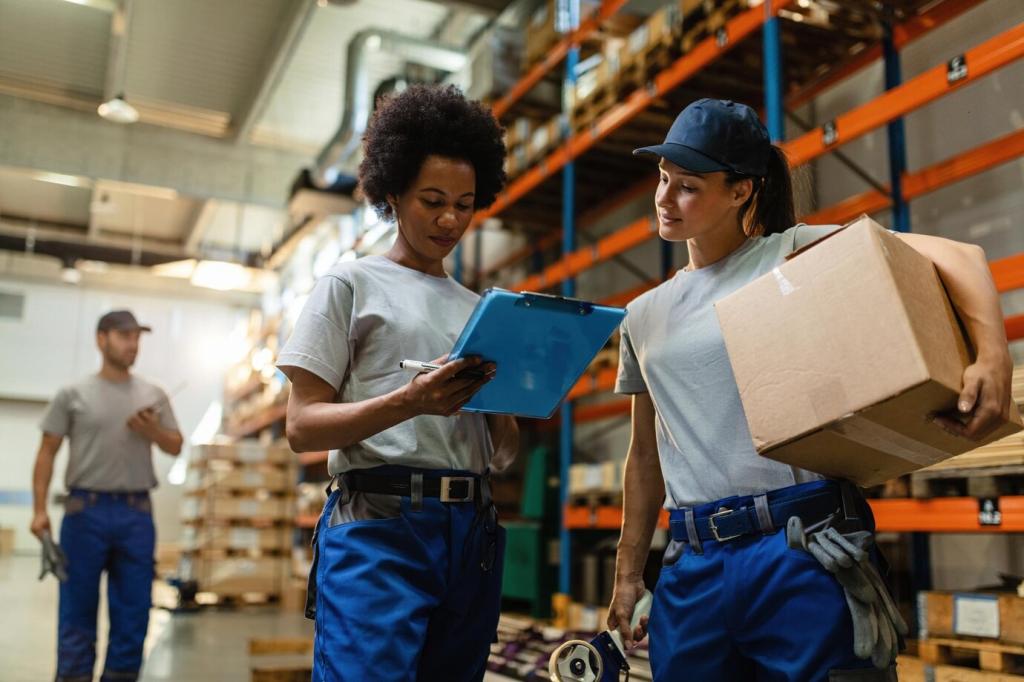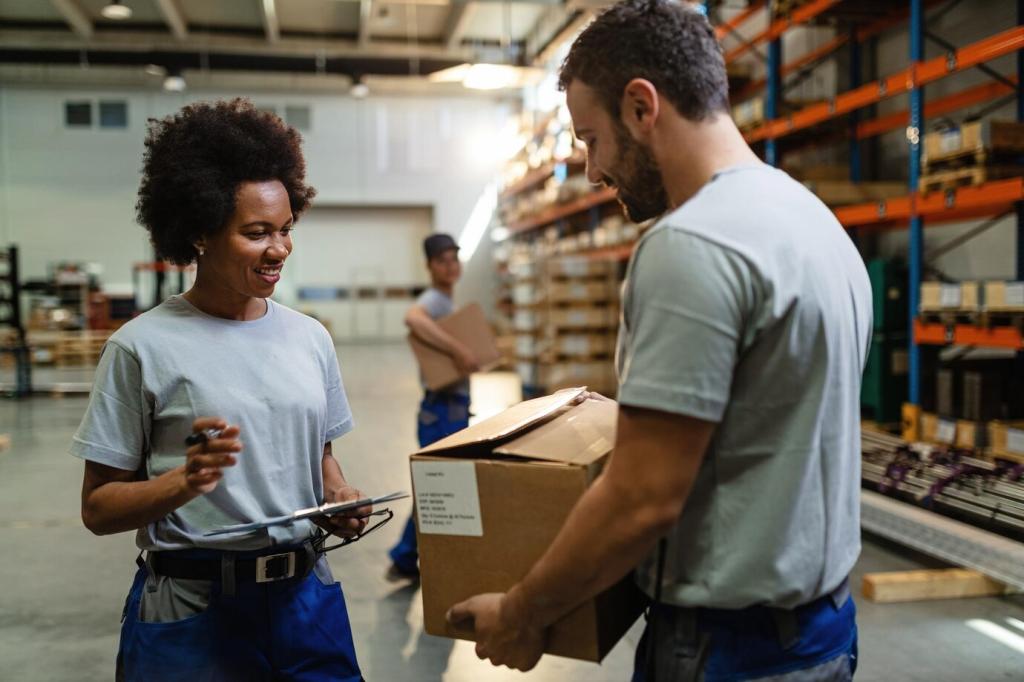Packaging With Purpose
Audit your top SKUs for cube efficiency. Right-size boxes, add modular inserts, and negotiate dimensional thresholds with carriers. The result is tangible: fewer air pockets, tighter loads, and fewer trucks carrying the same outbound volume with lower emissions.
Packaging With Purpose
Choose recycled content verified by reputable standards, and design for easy separation. Transparent instructions help customers recycle confidently. Your packaging becomes a quiet ambassador for sustainability, converting a routine moment into a memorable brand experience.
Packaging With Purpose
Test a reusable tote for high-frequency customers or B2B replenishment routes. Close the loop with simple return labels or pickup. Comment if you want our pilot scorecard and we will send it to subscribers with benchmarks from early adopters.









